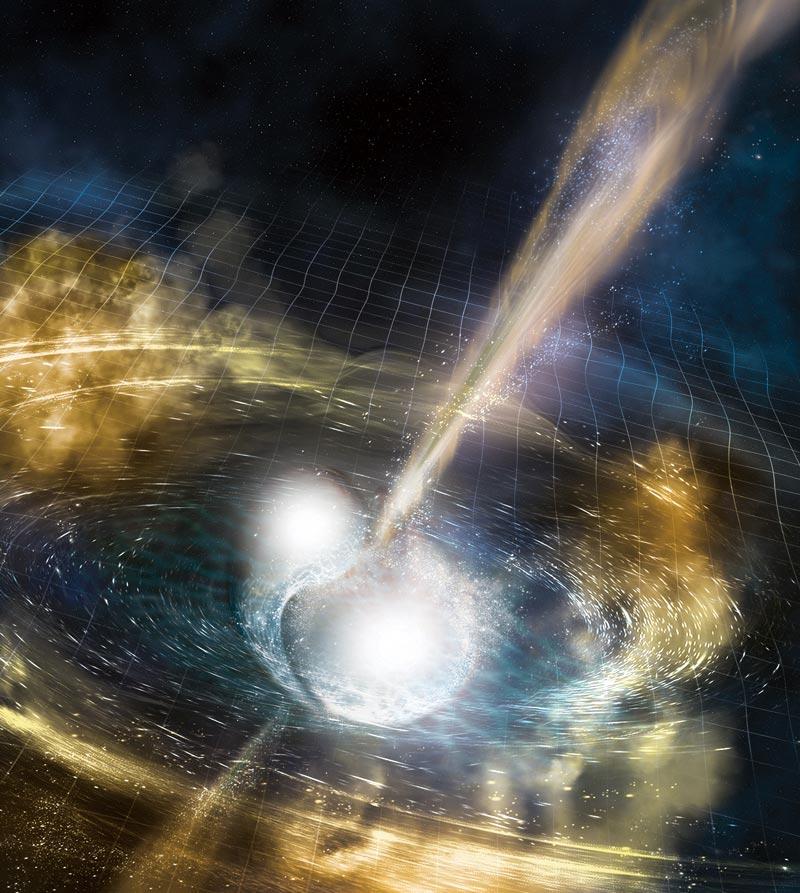CAS launched its expert team on gravitational study in 2008, but the study stayed in the preliminary exploration stage without sufficient funding. The very idea of a “Taiji” Plan was formed that year, said Wu. In 2011, CAS teamed up with the European Space Agency's eLISA project to explore the waves from the space. CAS offered to pay for one-fifth of the eLISA project in return.
eLISA, or “Evolved Laser Interferometer Space Antenna,” was initiated in 1990s and is designed to detect gravitational waves using three spacecraft in a triangle formation beaming lasers between each other. It is planned to launch in 2034. According to academic Hu Wenrui, also Taiji Plan lead scientist, eLISA will be able to provide more information than LIGO's ground-based observatory.
Apart from joining the eLISA project, by 2033 the Taiji Plan also aims to launch three of its own Chinese satellites, which will orbit the sun in a triangle formation to authenticate any data that the eLISA project comes up with. Wu admitted that Taiji and eLISA are competitors as well as collaborators.
Meanwhile, Sun Yat-Sen University in southern China has launched a project called “Tianqin,” which aims to launch three satellites that will orbit some 100,000 kilometers above Earth. They are expected to launch in 15-20 years, around the same time as the Taiji Plan, at a total estimated cost of 15 billion yuan (US$2.26 billion).
When it comes to the development of ground observatories, there are plans to set up the world’s highest-altitude gravitational wave telescopes in Ngari Prefecture in the Tibet Autonomous Region. Originally proposed in 2014 by researcher Zhang Xinmin from the Institute of High Energy Physics at CAS, construction began in January 2017.
The Ngari gravitational wave observatory project is expected to cost around 130 million yuan (US$18.8 million), and it is operated by the Institute of High Energy Physics, National Astronomical Observatories, and Shanghai Institute of Microsystem and Information Technology. According to Zhang Xinmin, the Ngari observatory is expected to be operational by 2020 and will be among the world’s top primordial gravitational wave observation bases.
“Considering there has been no successful detection of primordial gravitational waves so far, it’s possible we will be the first to spot one,” Zhang told NewsChina.
With sufficient funding and favorable policies supporting the Ngari Plan, Zhang said he feels fortunate, but pressured. “Now, the most critical issue is to speed up,” he added.

 Old Version
Old Version
